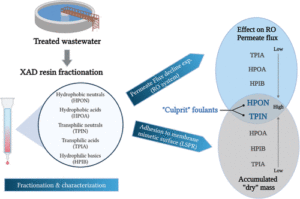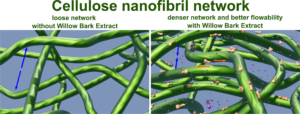Methods for Calibrating the Electrochemical Quartz Crystal Microbalance: Frequency to Mass and Compensation for Viscous Load
Authors: Claes-Olof A. Olsson, Anna Neus Igual-Muñoz and Stefano Mischler
Journal: Chemosensors (2023)
Abstract
The main output from an Electrochemical Quartz Crystal Microbalance is a frequency shift. This note describes how to separate the mass- and viscous load contributions to this shift by a calibration procedure. The mass calibration is made by electroplating from a copper sulfate solution in ethanol/water with 100% current efficiency. An estimate of viscous load is obtained by measuring the energy dissipation and is related to frequency change using the Kanazawa–Gordon equation. Two approaches are discussed: either by performing calibration experiments in a series of water–glycerol mixtures or by following oscillations in frequency and dissipation by collecting data during the stabilization phase of the experiment.
You may read the full paper here.
Methods for Calibrating the Electrochemical Quartz Crystal Microbalance: Frequency to Mass and Compensation for Viscous Load





